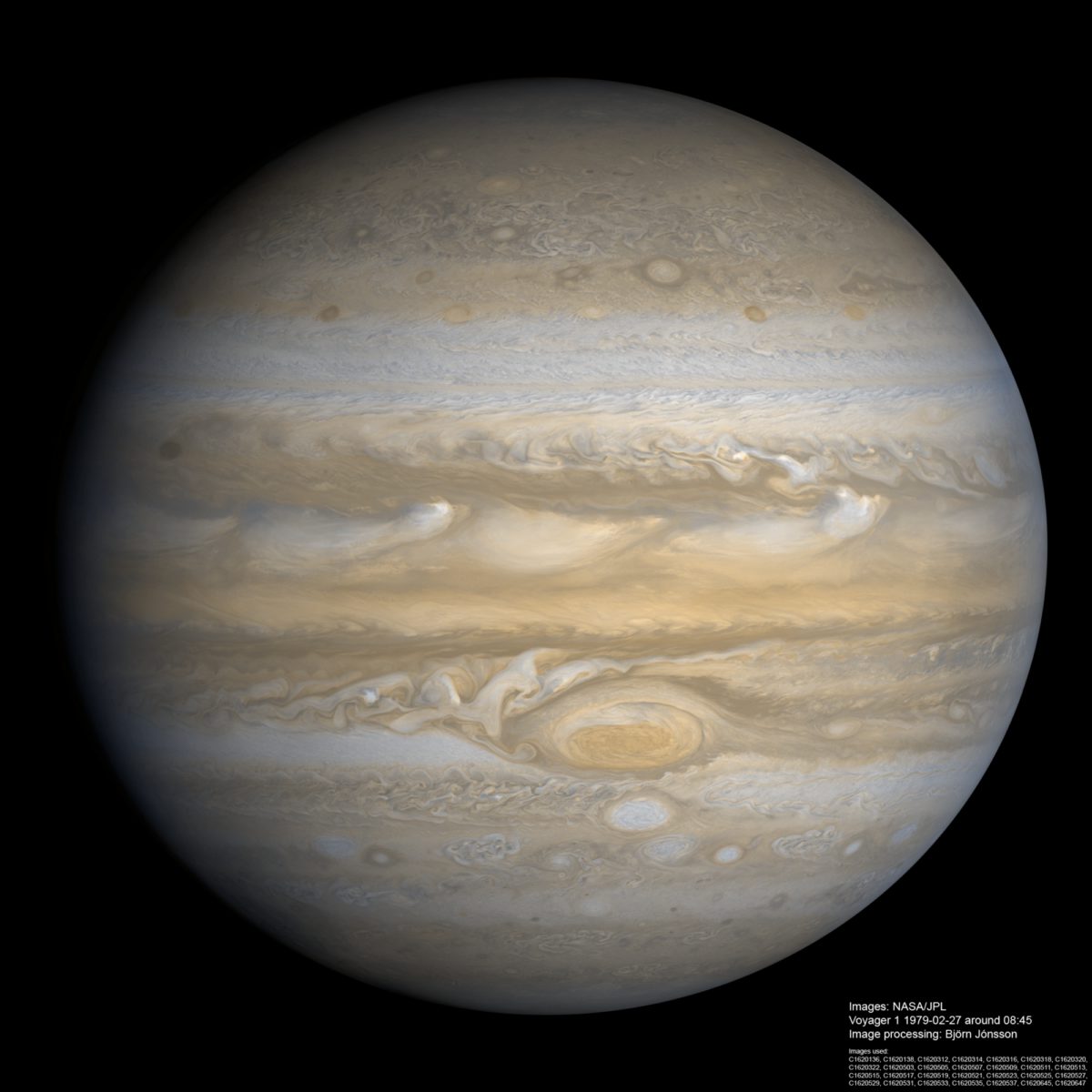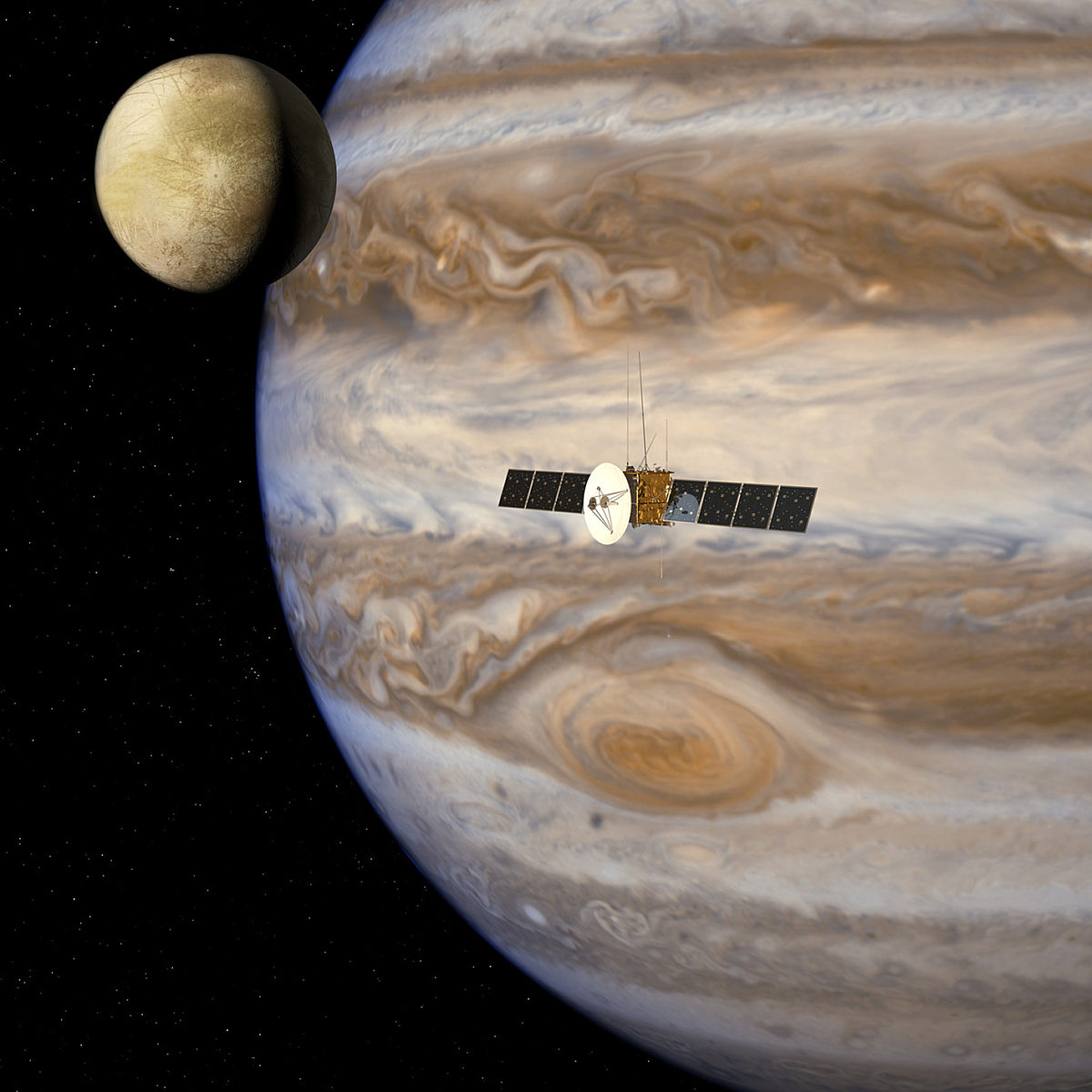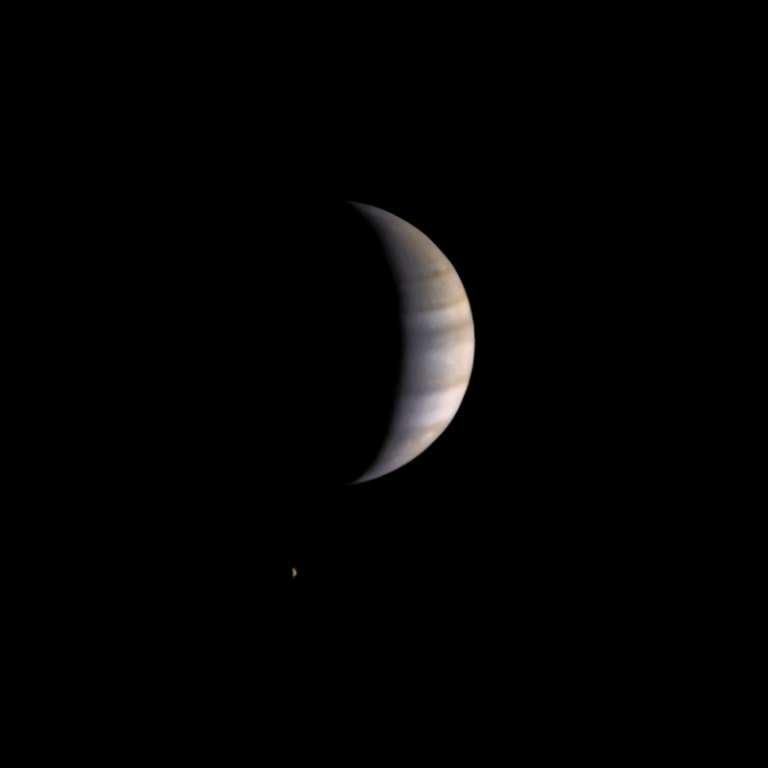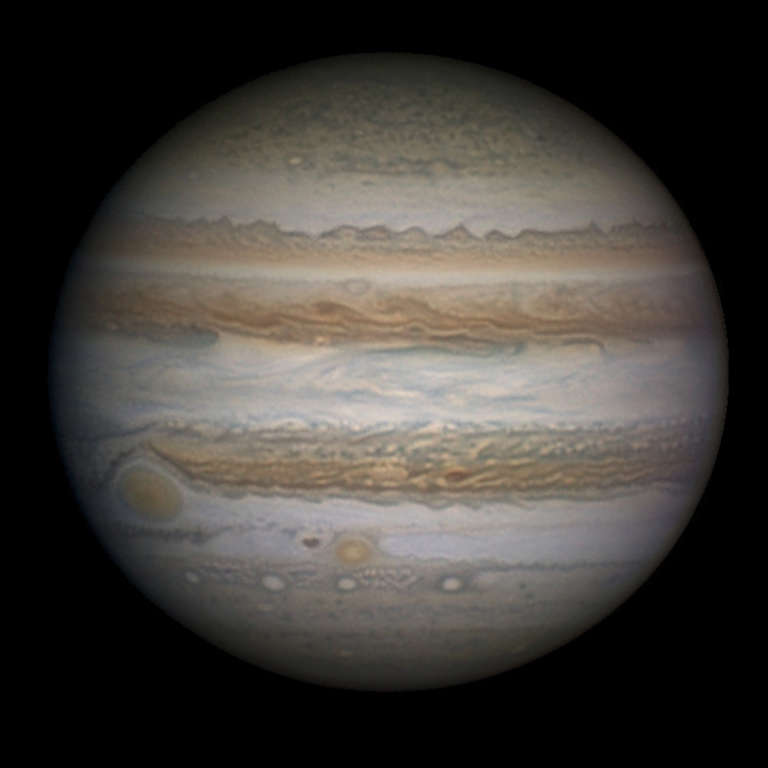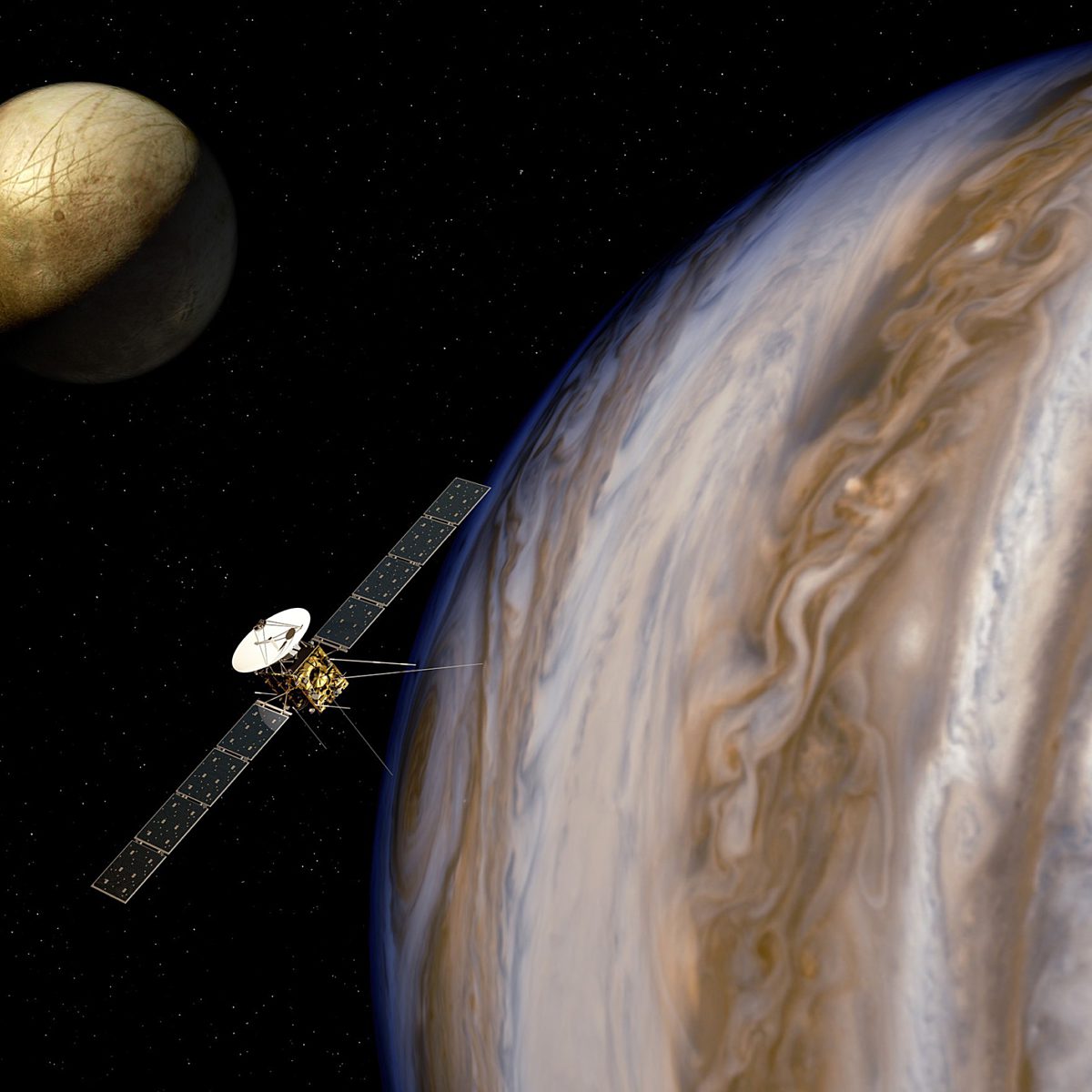All
All
Stories, updates, insights, and original analysis from The Planetary Society.
Three bright planets: Portraits from the Pyrenees
It's a great time to go outdoors and look at planets. I have three glorious planetary portraits to share today, sent to me by amateur astronomer Jean-Luc Dauvergne.
JunoCam cruise data, and a look ahead to Jupiter
Juno is now fewer than six months and 100 million kilometers away from Jupiter, and the Juno team is busily preparing for the arrival. Amateur astronomers are supporting them by taking lots of Jupiter photos.
Jupiter's Great Red Spot
On the 20th anniversary of Galileo's orbit insertion around Jupiter, amateur image processor Björn Jónsson shares some of the mission's first images of Jupiter's iconic massive storm.
Jupiter Weather Report: 2014/15 Apparition
A summary of Jupiter's changing face as seen from Earth during its 2014/2015 apparition.
New Concepts to Explore the Jovian System
Last year, NASA’s managers invited the European Space Agency to propose a small spacecraft to explore the Jovian system. Van Kane describes the recently-posted results of ESA's concept studies for two possible missions.
Towards a Jupiter Weather Forecast
Trying to keep track of the ever-changing face of Jupiter is a pretty big challenge—its a dynamic world that can fascinate and surprise every time we turn our telescopes towards it.
New Robotic Spacecraft Posters
Another round of posters to celebrate historic planetary missions.
Jupiter's changing face, 2009-2015
Damian Peach's photo-documentation of Jupiter helps us monitor the giant planet's ever-changing patterns of belts, zones, storms, and barges, during a time when no orbiting missions are there to take pictures.
Looking Down On Jupiter's North Pole
Ted Stryk shares the most direct view of a Jovian pole ever captured by a spacecraft.
JUICE at Europa
Europe's JUICE spacecraft will provide us with a detailed regional study of this icy moon of Jupiter.
Voyager 3 Project
In 1979, the Voyager 1 probe took a stunning series of images on its final approach to Jupiter. Thirty-five years later, almost to the day, a group of seven Swedish amateur astronomers set out to replicate this odyssey, but with images taken with their own ground-based telescopes.
A Tale of Two Posters: Sediment on Mars and Searching Jupiter's Rings
A close look at two international planetary science poster presentations from the 2013 AGU Fall Meeting featuring sediment experiments to better understand Martian geomorphology and Juno's plans for exploring Jupiter's ring system.
A case of the measles for Jupiter?
Amateur astronomer Christopher Go has found Jupiter to be putting on a fun show for observers: it's sprouting little red spots
Cosmos with Cosmos Episode 6: Travellers' Tales
The Voyager mission may be the ultimate expression of our desire to explore, but why does that will exist in the first place? Why is it unique to humans?
Gravity assist
With the recent announcement by NASA that the 36 year-old spacecraft Voyager 1 has officially entered interstellar space at a distance from the sun about four times further than Neptune's orbit, and with Voyager 2 not far behind, it seems worthwhile to explore how humans managed to fling objects so far into space.
Jupiter and Io from Pioneer 10
This is a parting shot of Jupiter and Io, taken December 5, 1973, by the Pioneer 10 spacecraft, the first to see either world as a crescent.
Movie SciFi With Real Science? What a Concept!
This week's Planetary Radio features the new indy film that relies on the best available science to create a thrilling and inspiring human mission to Jupiter's moon.
In a New Light
Cassini's unique views of Jupiter and Saturn.
Checking in on Jupiter
We don't have any spacecraft at Jupiter right now, which is a pity. Until we do, we have to rely upon Earth-based astronomers to monitor the changing face of the largest planet.
Instruments for the JUICE Jovian Mission
The European Space Agency (ESA) announced the list of instruments selected for its JUICE mission to explore the Jovian system for three years starting in the 2030 following a 2022 launch.


 Explore Worlds
Explore Worlds Find Life
Find Life Defend Earth
Defend Earth


 Sun
Sun Mercury
Mercury Venus
Venus Earth
Earth Mars
Mars Jupiter
Jupiter Saturn
Saturn Uranus
Uranus Neptune
Neptune Small Bodies
Small Bodies



